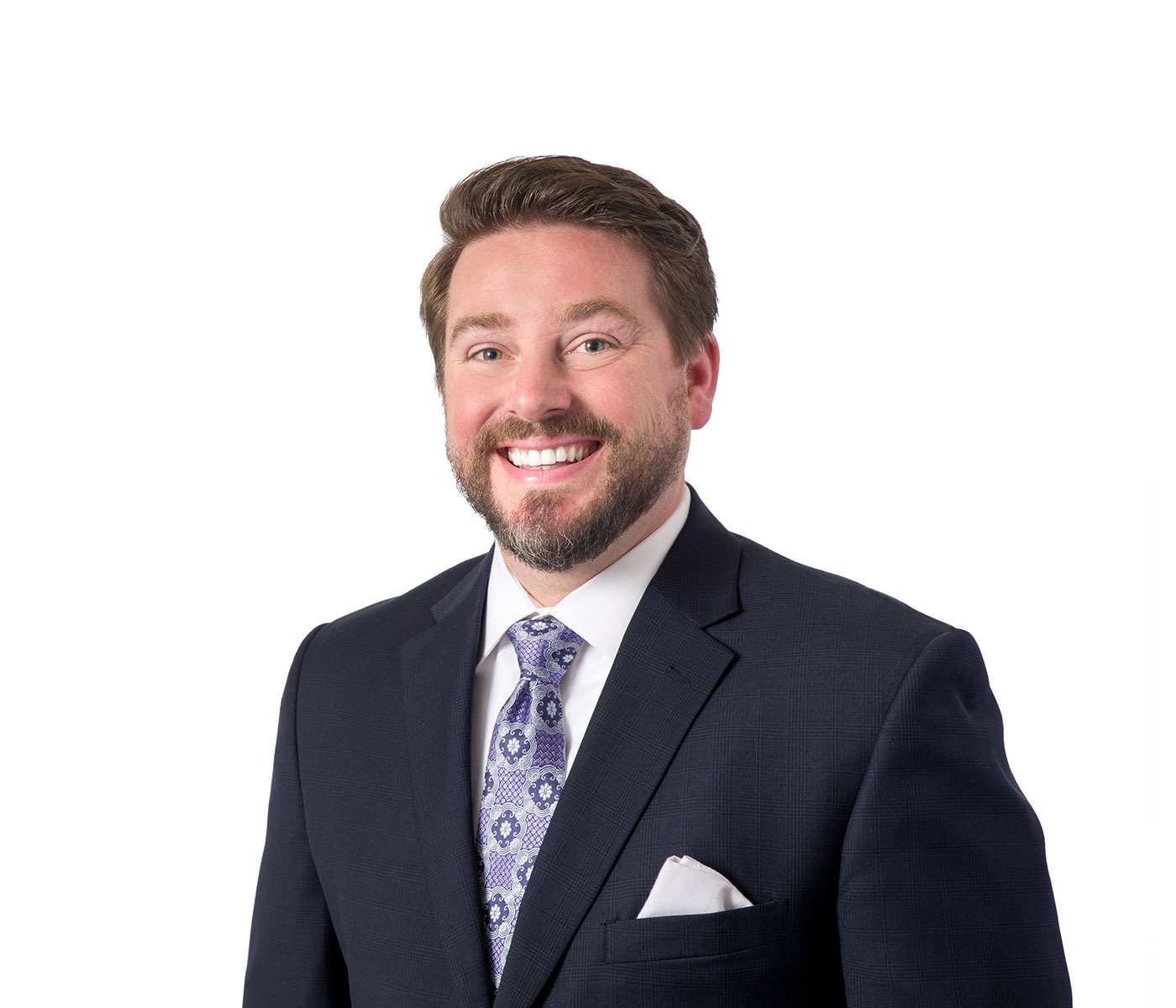Tragedy. Loss. Sorrow. Debate. Passion. Protest.
The devastating school shooting at Marjory Stoneman Douglas High School in Parkland, Florida has spawned national (and often contentious) debates across the country. Students, school staff members, parents and community groups are front-and-center in this ongoing conversation and are voicing their concerns. As a result, school districts, post-Parkland, have witnessed a tidal wave of student and employee protests in and beyond the classroom. These protests vary in form, size and character. They range from local and national walkouts (such as National School Walkout Day and the March for Our Lives event), administrative office walk-ins, “die-ins,” marches, rallies and social media campaigns to school-structured debates, moments of silence, clothing or insignia support campaigns, and student listening sessions.
For districts, the rising tide of school protests poses complex legal considerations and potential legal risks. Of key importance is the omnipresent and often difficult-to-navigate tension between student free speech rights (including the right to protest, under the First Amendment to the U.S. Constitution) and the need for districts to maintain order and discipline in schools. Moreover, as teachers and other school employees have joined students in the growing protest movement (and, in certain cases, have even coerced student participation in school protests), districts are increasingly faced with the challenge of balancing the managerial right to oversee and regulate employee conduct with the First Amendment right of such employees to speak as private citizens on matters of public concern. Further complicating these legal issues is the explosive use of social media by students and staff to organize and promote protests as well as the effects that off-campus speech has on school grounds.
School protests present many complex legal questions. By way of example, school districts should be on the lookout for and seek assistance with how best to handle the following issues:
- When and to what extent is a district permitted to regulate student and/or school employee protests?
- Can the district discipline students who protest? If so, does the school’s ability to discipline students change when the protest is silent (as in the case of wearing colors or insignia in support of a cause) as opposed to one that is operationally disruptive (such as unscheduled walkouts, walk-ins or rallies)?
- If the district restricts or allows only certain student perspectives to be voiced in debates, does the school run the risk of claims involving viewpoint discrimination in violation of the First Amendment?
- Do students who participate in walkouts or leave class to protest pose truancy and other attendance concerns? If so, how should the school district address these attendance issues without violating students’ free speech rights?
- Can employees promote, organize or participate in student protests, or does such conduct run the risk of coercing student speech?
- Can school districts discipline students or employees for off-campus comments or regulate posts made on social media off school grounds that relate to the ongoing, post-Parkland debate?
While the answers to the above questions are largely driven by the facts of the situation, districts should keep in mind these general principles when looking to address student or employee conduct:
- Because these issues implicate an individual’s First Amendment rights, districts must first consider whether the speech or conduct at issue addresses a matter of public concern.
- For students, the district should consider whether the conduct is actually disruptive to the educational environment and, if so, to what degree. Districts should also consider whether there are any violations of the student code of conduct arising from the speech or conduct.
- For employee conduct, districts should look to collective bargaining agreements and board policy to determine whether the conduct potentially violates any applicable provisions contained in those documents.
- For speech and activities that occur on an employee or student’s personal time (e.g. off-campus conduct or social media), districts should consider whether the conduct actually impacts or disrupts the school environment.
- If there is a potential violation of policy, districts should also consider whether that violation is enforceable in the specific situation, given the likely interplay of student or employee constitutional rights.
The Parkland school shooting is, above all else, an indescribable tragedy. Nonetheless, the resulting school protests present complicated legal questions that districts must be prepared to handle. School districts are therefore encouraged to contact their legal counsel if they are faced with these issues.
James McWeeney is an attorney at Walter Haverfield who focuses his practice on education law. He can be reached at jmcweeney@walterhav.com or at 216-928-2959.
